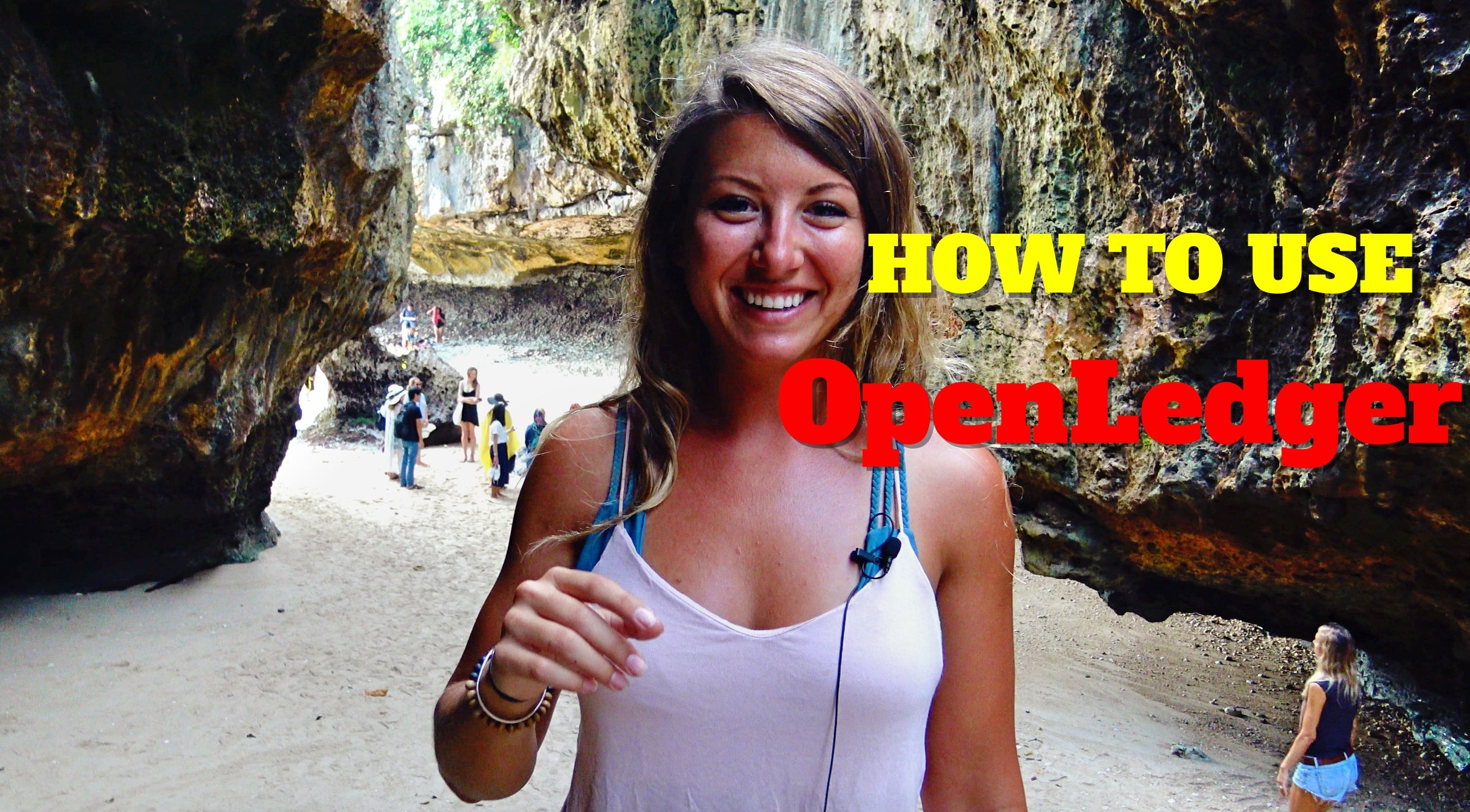Today I want to introduce the beautiful mind that is the BitShares ecosystem.
More specifically, the BitShares decentralized exchange OpenLedger.
This is my first time using OpenLedger, so you’ll see me fund my new wallet with BTC and then trade it for BTS.
The first thing I noticed with OpenLedger is that I didn’t need to give my email to get started so that’s really nice. They also created a “basic mode” or view of the exchange for those beginners who might feel a little overwhelmed with all of the information that is displayed on the other option of “advanced mode”.
You can toggle between these views using the button on the top of the page.

This is how you can fund your wallet.
Select the Deposit/Withdraw tab on the top of the site.
I’m going to send BTC to my new OpenLedger wallet, so I’ll select gateway since this is for cryptocurrencies.
I’ll select the crypto that I’d like to deposit from a different account that I have.
Next, I’ll copy the address that is given to me that corresponds to the coin I’d like to deposit.
From here I go to my other account that has the BTC I’d like to send to OpenLedger and send it to this address.
Now if I wanted to fund this wallet with a fiat currency, I’d have the options of USD, Euro or Chinese Yuan.
This is where Openledger will request quite a bit of your personal information. Much like any other exchange that allows you to trade with fiat currencies, they’ll need information like your phone number, email, ID, and a piece of mail proving your address.
They’ll also need all of your bank information since that is how you’ll be funding your open ledger wallet.
Keep in mind that third party funding is not permitted.
If you wanted to make a withdraw from OpenLedger, just select the withdraw option and follow the instructions provided.
The next thing that I noticed about OpenLedger is that there are these things called open.btc and open.eth.
This was the first time I’ve come across anything like it so after a bit of digging I learned that these are essentially IOUs that are 100% backed by the real crypto.
So even though I deposited BTC and my wallet reads that I now have open.btc- it’s the same thing.
Basically Poloniex does the same thing but they don’t label it as polo.btc, so in this way OpenLedger is being transparent.
If you need more clarification I’ll include links to this down below.
Ok so let’s make a trade.
I want to buy Bitshares, abbreviated BTS, with the BTC or rather open.btc that is now in my wallet.
You’ll notice that I’m in the “basic mode”, this is where you’ll see your available balances along with the list of cryptos you can trade.
I’d like to buy some BTS.
I do this by clicking the buy option for BTS.
I’m presented with a form that shows the current price of BTS and so I will fill out how much open.btc I’d like to spend to purchase an amount of BTS.
It’s very simple and straightforward.
I’ll submit the transaction and then provide my password for my wallet so that it can be unlocked to make the transfer.
Confirm again and then you’ll see the transaction published onto the blockchain.
So again, this is how you make a trade using the “basic mode view”.
You’ll see that the “advanced mode” gives you more options.
You can see the price, volume and percentage change of the coins.
Also when you go to the exchange tab in the “advanced mode” you can do all sorts of things like set the price point you’d like to buy or sell, and I’m sure there is much more you can do that I have yet to uncover.
In addition to being an exchange that facilitates trading cryptos and pegged tokens, OpenLedger also caters to the advertising side of things with HubDSP and BitTeaser,
and for those looking to release an ICO with OpenLedger, you'll have a platform designed to help with the crowdfunding campaigns, and for those who are tired of missing out on investing in ICOs or can't keep track of the upcoming release dates, you can take advantage of the ICOO.

